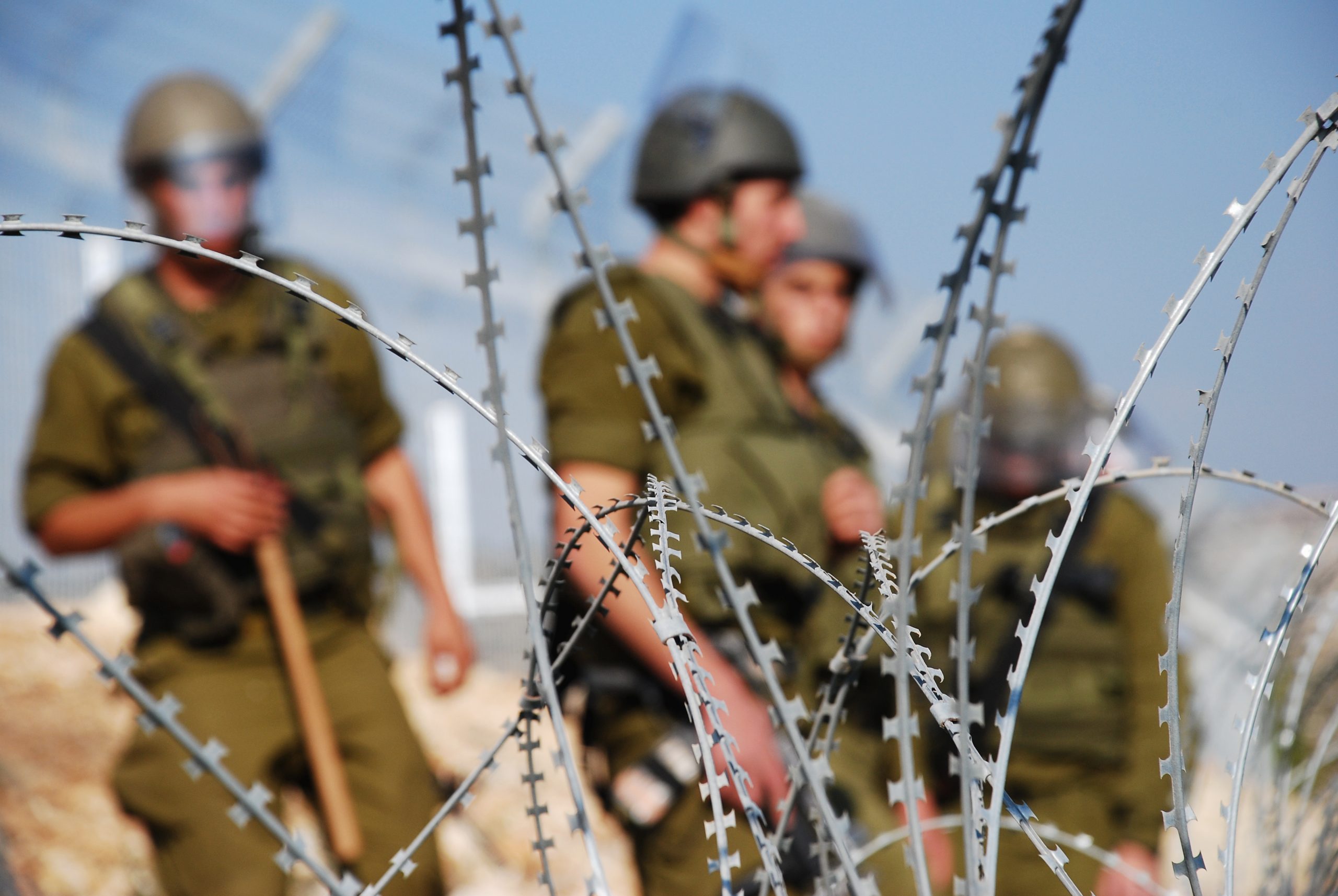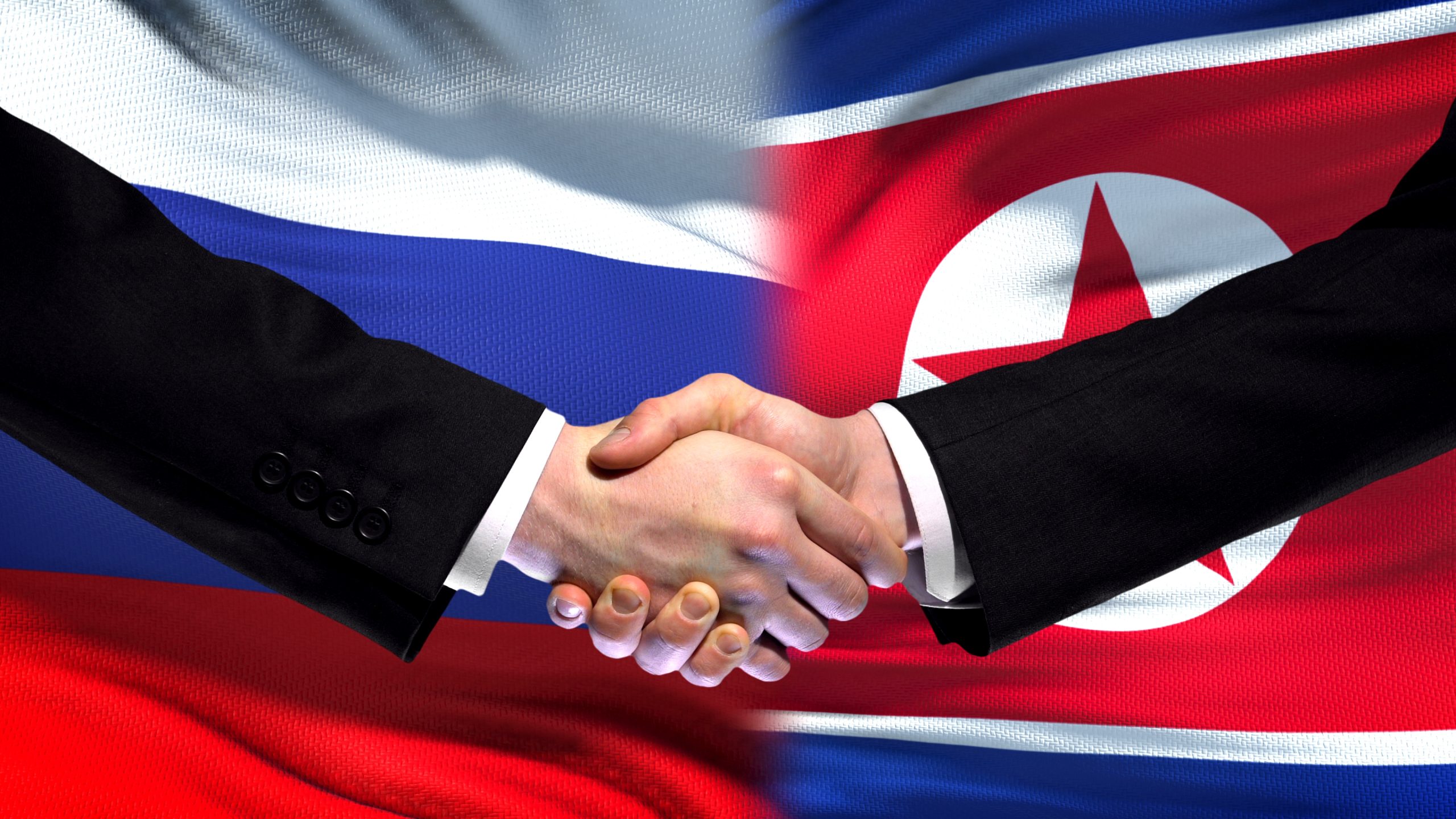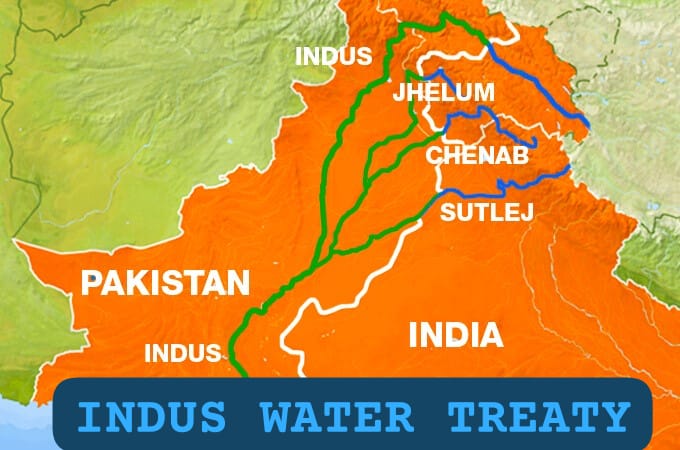
ISRAEL PALESTINIAN WAR : ANOTHER CONFLICT ZONE IN FLAMES
 Sun, 08 Oct 2023
| Reading Time: 5 minutes
Sun, 08 Oct 2023
| Reading Time: 5 minutes

My first ever geopolitical study in life was in Jun 1967, at the beginning of the Six Day War. I requested my history teacher to explain to us all what exactly was happening in West Asia, with the closure of the Gulf of Aqaba by Egypt and the build-up of pan Arab forces on Israel’s borders. After explaining the basics, going back to the Balfour Declaration 1917 and the eviction of the Palestinians in 1948, he called it a very dangerous situation; the 1967 Six Day War followed. By 1973 I had a better idea of international geopolitics when the Yom Kippur War broke out on Oct 6 that year. The initial surmise was the same; that it was a very dangerous situation but just like in 1967 the Israeli Defence Forces (IDF) responded with alacrity and the War became a great example for subsequent military studies and understanding of geopolitics, including missile warfare and oil as a weapon of geopolitics.
So, on Oct 6 this year when one learnt of the surprise Hamas attack on Southern Israel with a preceding assault of 5000 surface to surface missiles, the first thought was exactly a replica of the thoughts of 1967 and 1973; a very dangerous situation, in fact far more dangerous than those years. In 1973, a regular Egyptian Army surprised Israel with the successful crossing of the Suez Canal but it only advanced ten kilometres into the Sinai and stopped, awaiting Israeli counter attacks. President Sadat later called it ‘Sharara’ (the Spark), ostensibly to draw the attention of the Arab world and the international community at large, regarding the continued occupation of the Sinai and the fading interest from the Palestinian-Israeli Conflict.
The current unexpected Hamas offensive into Israel and the Israeli response has to be seen at this stage from three angles – the military situation obtaining there, its further progress with time, and the geopolitical effect on the region and the world.
First, to imagine that Israel has been taken completely by surprise, may not be entirely correct. It knows the Hamas capacity and is fully aware of the missile inventory of both Hezbollah in Lebanon and Hamas in Gaza. However, the deterrence that Israel had created over time by frequently punishing populated and built-up areas in Gaza as a response to Hamas raids and firings, obviously has not worked this time. Experience over time had shown that Hamas mostly carried out ‘threshold attacks’ to retain its relevance. In doing that it many times crossed Israel’s red lines which led to reprisals and severe counter bombings by Israel. In following whatever strategy Hamas chooses it cannot afford to lose the people’s support (to whatever extent it exists). Hamas probably perceives that with the ongoing Israel-Saudi talks for normalization of relations, its own relevance and that of the Palestinian cause will be lost at the altar of normalisation of West Asia.
While fences, walls and other obstacles exist along Israel’s borders to keep away infiltrators, potential suicide bombers or any other small elements who could be potential assassins or more, the obstacle/security system created is porous to mass movement if the same is attempted. Elaborate tunnels exist, as perhaps seen in the very authentic Israeli web series Fauda. Much surprise is being expressed over the failure of Israel’s intelligence which usually maintains eyes in the sky in the form of drones over most populated parts of Gaza, especially closer to the border. On a visit to Israel some years ago I did learn of Israel’s awareness of the existence of 1,30,000 missiles in the possession of Hamas and Hezbollah, in Gaza and Southern Lebanon. These missiles could only come from Iran and Syria. Reaching Southern Lebanon is understandable but to get them into Gaza would be a monumental task through sea routes; and perhaps also via the Sinai. All these routes are under Israeli surveillance. This proves the belief that in today’s world no boundaries are ever secure. Men, material and finances, can find their way right through the strongest surveillance and obstacle systems.
The Hamas operational plan appears to be reasonably clear. In the first phase, employ a preponderance of firepower to bring about the effect of shock and awe on a day close to the symbolic 50th anniversary of the commencement of the Yom Kippur War in 1973. Under that apparent shock, send in assault teams of well-trained Palestinian fighters into Israeli territory to cause some degree of destruction, inflict indiscriminate casualties without concern for civilians, women or children, and take several prisoners. In fact, the last is perhaps the most important. Hamas realises the value that Israel accords to the life of every single Israeli citizen. This is a bargaining tool.
Does Hamas perceive that it can achieve a victory of sorts over the IDF? The IDF has already mobilised, as probably anticipated by Hamas but will it hold back operations on the back of Hamas threats to end the lives of the Israeli citizens taken prisoner. It would depend on the number of prisoners taken. Israeli leaders and military commanders have already threatened direct action to flatten out the population centres without any remorse for civilians. They have done it in the past and will probably do so again. If this Israeli retribution goes ahead irrespective of the numbers of Israeli prisoners held, Hamas’ strategy would come cropper. As it is, Hamas has crossed a threshold in Israel’s redlines which will invite a very violent response, the only thing to hold it back will be the hostages. I foresee Israel going ahead with heavy use of airpower, artillery and missilery although there will be advisories galore. The UN officials have all issued statements condemning violence and urging peace but no steps to convene the UN Security Council have yet been taken. The UNSC is meeting in the evening of Oct 08. Whether Israel will wish to reoccupy Gaza and keep a military presence will be an issue probably racing through the minds of its leadership.
The reprehensible aspect is the brutality witnessed in the attacks by Hamas, with no remorse about women and children. Some feel that both sides at different times have used this treatment as a tactic to caution the other. Nothing has worked against its use and advisories usually fall on deaf ears. If Hamas persists with its operations, Israel is likely to place a full blockade on Gaza putting the 2 million residents under severe humanitarian stress. This is a typical action-reaction kind of standoff which has been often created. The difference this time is the prevailing geopolitics of West Asia which seemed to be heading in a more positive direction. However, it appears that all the celebration of a Saudi-Iran rapprochement under Chinese intervention is premature; it will be long before China truly begins to understand West Asia.
A lot of fingers are being pointed at Iran who has used proxies extensively to promote its strategic interests; Hamas and Hezbollah are both a part of them. The Levant is largely under Iranian influence. This war has the potential to expand into Lebanon if Hezbollah joins in more energetically. Early assessment leads me to believe that this may not happen as this entire operation by Hamas remains essentially a ‘sharara’, a rather overdone one, which will draw some very strong Israeli response without the international community being too vocal in protest. Hamas has yet to learn a strategy which keeps the operational situation under its control. It will learn very soon that the initiative is already slipping from its hands.
Disclaimer
The opinions expressed in this article are the author’s own and do not reflect the views of Chanakya Forum. All information provided in this article including timeliness, completeness, accuracy, suitability or validity of information referenced therein, is the sole responsibility of the author. www.chanakyaforum.com does not assume any responsibility for the same.
Chanakya Forum is now on . Click here to join our channel (@ChanakyaForum) and stay updated with the latest headlines and articles.
Important
We work round the clock to bring you the finest articles and updates from around the world. There is a team that works tirelessly to ensure that you have a seamless reading experience. But all this costs money. Please support us so that we keep doing what we do best. Happy Reading
Support Us





















POST COMMENTS (0)